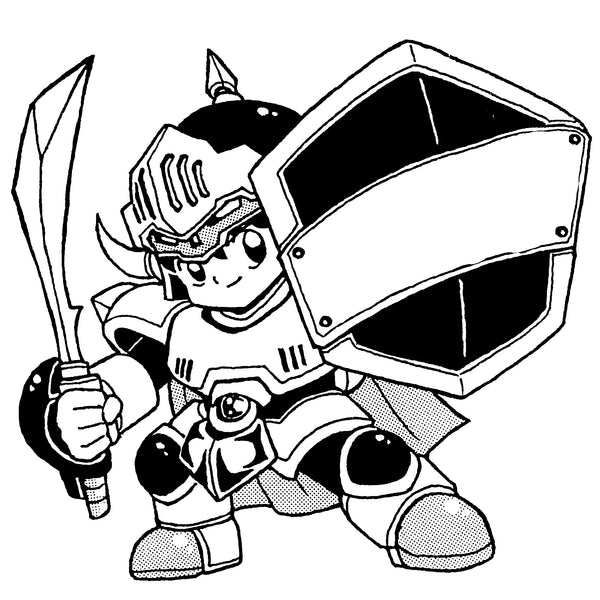Part 4: The Day Sega Provoked an Era

In the early 90s North American market, Sega launched a daringly provocative ad campaign against the reigning king, Nintendo's SNES: "Genesis does what Nintendon't." This was a declaration of war. Countering Nintendo's "family-friendly" image, Sega presented itself as the "cool, authentic gaming experience," capturing the hearts of teenagers.
Part 5: The Fastest Hedgehog, a Sonic Boom

But Sega lacked a hero to rival Mario. To break through, they poured all of their technical skill and brand identity into one character: Sonic The Hedgehog. While Mario demanded precise control, Sonic pursued overwhelming speed. His edgy, cool demeanor was Sega personified.
And yet, these two seemingly opposite heroes actually had one thing in common. That was an incredibly satisfying "rhythm" in their gameplay.
If Mario's appeal was the joy of a "rhythm of control"—stomp, hit, jump—precisely dictated by the player, then Sonic's appeal was the joy of a "rhythm of flow," surrendering to a speed that outpaced thought. This irresistible "good rhythm" is the very reason why both heroes continue to captivate our hearts to this day.
Part 6: The Mega-CD, The Super 32X - Traces of a Dream

Sega began to lead the era and, to accelerate its momentum, released expansion hardware like the "Mega-CD" and "Super 32X." The concepts—large capacity via CD-ROM, an evolution to 32-bit—were the future itself. However, the expensive peripherals ended up confusing users. This constant drive to innovate was Sega's greatest charm, and at the same time, the beginning of a fragility that would define its destiny.
(To be continued in Part 3: The Dream the Challenger Dreamed)
